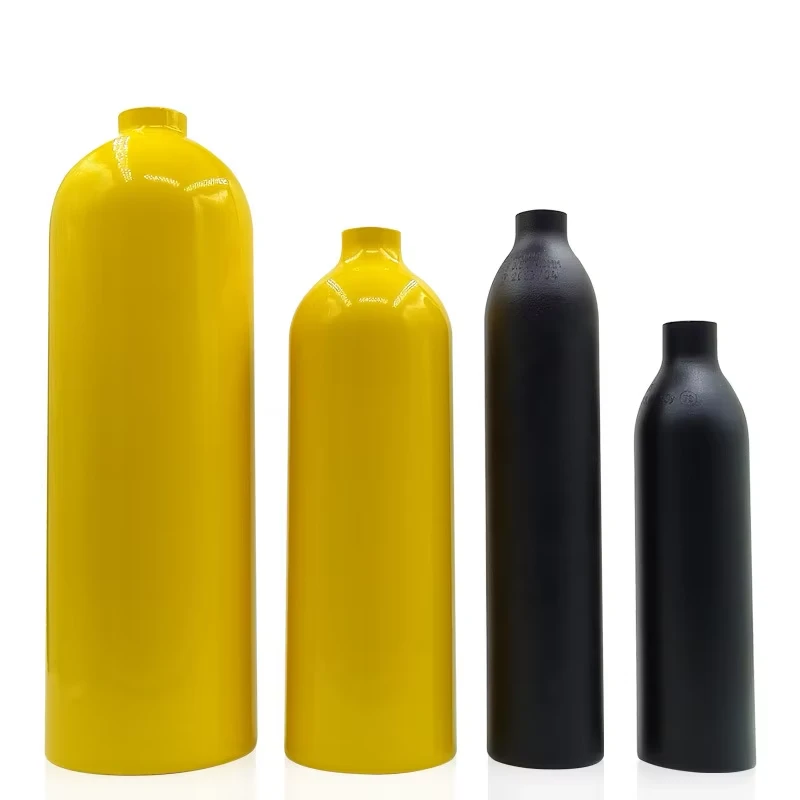
As the global foodservice and hospitality industries rebound, China has solidified its position as the world’s leading exporter of cream chargers, capitalizing on shifting market dynamics and innovative production capabilities. With a compound annual growth rate (CAGR) of 7.2% projected through 2030, Chinese manufacturers are redefining the supply chain for nitrous oxide cartridges. Here’s an in-depth look at the trends propelling this expansion. ?1. Surging Global Demand for Convenient Food Solutions The post-pandemic era has seen a 20% year-on-year increase in demand for cream chargers, driven by: Rise of Gourmet Home Dining : Consumers investing in premium DIY desserts and specialty coffee. Café and Bakery Boom : Chains expanding globally require reliable, cost-effective supplies. Ready-to-Drink Beverages : N2O cartridges are critical for nitro cold brews and canned cocktails. ? 2. Asia-Pacific and Middle East Markets Lead Growth Emerging economies are becoming key importers: Middle East : Luxury hotel chains and dessert franchises in Dubai and Saudi Arabia rely on Chinese suppliers for bulk orders. Southeast Asia : Rapid urbanization in Vietnam, Thailand, and Indonesia fuels foodservice sector growth. Africa : Rising middle-class demand for Western-style confectionery creates new opportunities. ♻️ 3. Sustainability as a Market Differentiator Chinese exporters are aligning with global ESG goals: Recyclable Steel Cartridges : Over 65% of manufacturers now use 100% recyclable materials. Carbon-Neutral Production : Partnerships with renewable energy providers reduce supply chain emissions. EU-Compliant Standards : Adoption of ISO 22000 and REACH certifications to meet stringent regulations. ? 4. Technological Innovation in Manufacturing Automation and smart systems are reshaping production: AI-Driven Quality Control: Ensuring 99.8% defect-free output. IoT-Enabled Inventory Management: Real-time tracking minimizes delays for international buyers. ?️ 5. E-Commerce and Digital Trade Platforms Cross-border B2B channels are streamlining procurement: Alibaba and Global Sources : 30% of orders now originate from digital platforms. Blockchain for Transparency : Traceable production batches build buyer trust. Virtual Showrooms : 3D product demos and VR factory tours attract overseas distributors. ? 6. Post-Pandemic Supply Chain Resilience China’s logistics network adapts to global challenges: Regional Warehousing : Strategic hubs in Europe (Rotterdam) and MENA (Dubai) cut delivery times by 40%. Multi-Sourcing Strategies : Dual production bases mitigate geopolitical risks. Just-in-Time Delivery : AI-powered demand forecasting optimizes stock levels.
